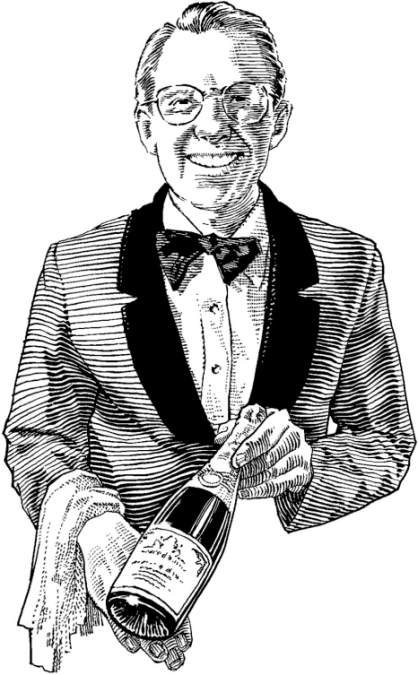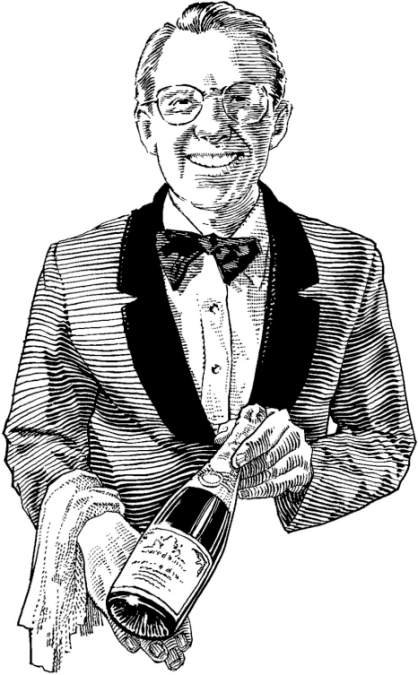I want to conduct a little thought experiment. Once you’ve finished reading this paragraph, close your eyes, relax, and let your imagination run free. Asked to picture a winery, what do you see?
If you’re anything like me, it’s something out of a bucolic agrarian dream: row upon row of sun-drenched vines working their way up a gently undulating hillside to an immaculate and majestic chateau. There, behind massive solid-oak doors, a high-ceilinged cathedral of vinification awaits. In an attempt to live up to this vision, wineries all over the state, including in nearby Woodinville, have poured millions of dollars into fancy new tasting rooms. It’s one reason wine-tasting tours have become popular settings for everything from bachelorette parties to corporate team-building exercises.
The winemaking scene within our city limits has perhaps never been more vibrant or diverse, but there aren’t many chateaux with magisterial showrooms awaiting teetering bridal parties here. When it comes time to explore some of the Seattle area’s best wineries, instead of tromping through freshly budded vines, an adventurous oenophile must negotiate the warehouses, factories, and semitrucks of places like South Seattle. Here, and in similar urban settings throughout the city, a counterpoint to the above imagery has emerged for reasons of convenience, peace of mind, or just to be different.
For Tim Sorenson, there was a pragmatic reason: “Logistics. I was still full-time at Seattle University [where he taught economics], so I had to find somewhere close. Woodinville was just too tough of a commute, so I started looking in Seattle. I’d already been working with Ben [Smith, owner and winemaker at Cadence Winery], so South Seattle just made sense. There were days when I had to go straight from the winery to the classroom, and I couldn’t have done that in Woodinville.”
Sorenson, who got his start as a cellar assistant to Smith for a couple of years, also sees an additional benefit: He gets to focus on making wine at his own Fall Line Winery. “Every time I used to open the winery up to the public, I had to fight the feeling that it was time I could be spending making wine,” he notes. “It’s kind of nice for me to just be able to close the doors and keep my space as a production space, not a tasting room.”
Not all Seattle’s winemakers are quite so single-minded. Alex Manoni of Stomani Cellars has a slightly different model for his winery. Like Sorenson, he situated his winery in Seattle because “my whole life is in Seattle. Woodinville just wouldn’t work with my life.” Unlike Sorenson, Manoni doesn’t appear to see his winery as a sanctuary. The winery is open Saturday and Sunday afternoons for tastings, and when I visit, he’s gearing up for a busy Saturday. His passion for meeting new people and introducing them to his wine is evident. “I think the biggest thing I like is to be able to talk to people, to see them appreciate my wine,” Manoni explains. “Wine is a unique thing, so it’s nice to get direct feedback. I do have to spend a lot of my time educating people, but that’s fun as well.”
Still, urban winemakers do seem to be a bit more solitary than those who choose to establish themselves in Woodinville or Walla Walla. There’s no obvious hub of the Seattle wine scene, and while several different organizations (South Seattle Artisan Wineries, Seattle Urban Wineries) have sprung up to try to remedy that, the scattered nature of Seattle’s wineries means they’ll never be able to replicate the experience of a wine tour in other parts of the state.
No matter. While beautiful estates and handsomely appointed tasting rooms can provide a striking backdrop, they’re not mandatory for producing a great wine. Manoni knows this from his childhood. “I grew up in an Italian family; my father and uncles all made wine in their garages. It was just what you did.”
Manoni’s space is actually home to two wineries, Stomani and Falling Rain, as well as providing custom crush work and storage for a third. In essence, it acts as one of several hubs within the city for Seattleites who want to go beyond just making a bit of wine in their garage. While I was visiting, Manoni was busy showing the space to a local couple looking to launch their own small-scale winery, an enterprise they’d probably not want to undertake in Woodinville.
Still, Seattle winemakers face many of the same challenges as those in Woodinville: They’re far removed from the vineyards of eastern Washington where their grapes are grown, limiting how much control they can have over the growing process. Picked grapes need to be trucked over the Cascades in refrigerated trucks, adding another level of cost and logistical wrangling to the already complex process of making wine.
Another challenge for the urban winemaker is, of course, construction. Stomani Cellars began as part of a co-op in SoDo, but the city forced him to vacate to facilitate work on the Alaskan Way Viaduct. “We wanted to stay in the city, but warehouse space was already at a premium,” Monani says. “We were fortunate that our landlord wanted to keep this urban space the way it was.” The change brought a slight shift in his customer base; previously, located right next to the stadiums, he’d see a lot of game-day traffic. “We used to get a lot of people walking in before games to taste, but we sell more wine in this location,” he reveals. Interestingly, he also notes that “We’d sell more wine before Sounders games than Mariners or Seahawks ones.” E
food@seattleweekly.com








